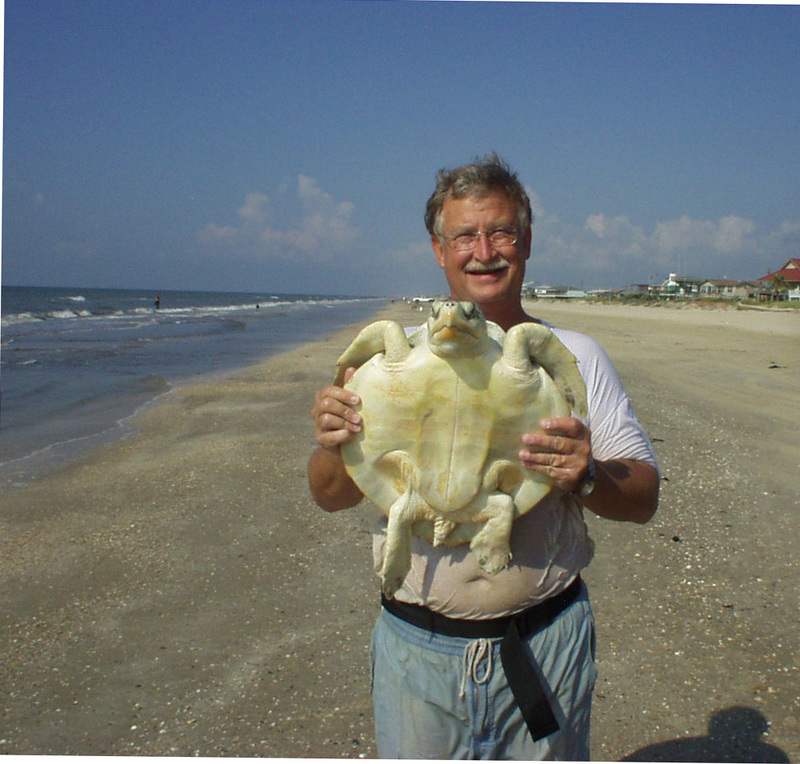|
| Query: shrimp | Result: 327th of 410 | |
Kemp's Ridley Sea Turtle (Lepidochelys kempii) <!--대서양각시바다거북-->
| Subject: | Kemp's Ridley Sea Turtle (Lepidochelys kempii)
| | Poster: | Phoby (phoby@hanafos.com)
| |

| Resolution: 1011x966
File Size: 335767 Bytes
Date: 2004:08:17 12:38:26
Camera: C-1 (OLYMPUS OPTICAL CO.,LTD)
F number: f/2.8
Exposure: 1/500 sec
Focal Length: 450/100
Upload Date: 2004:12:03 12:16:25
|
From the U.S. Fish and Wildlife Service's online digital media library.
Check http://images.fws.gov/ for higher quality version.
Metadata
Title: WO E-91 Catch and Release (Kemps Ridley) Texas
Alternative Title: Lepidochelys kempii
Creator: Schorp, Randall
Source: WO-Electronic - 91
Publisher: U.S. Fish and Wildlife Service
Contributor: DIVISION OF PUBLIC AFFAIRS
Language: EN - ENGLISH
Rights: (public domain)
Audience: (general)
Subject: Recreation, Fishing, Texas, Crystal Beach, Amphibians, Endangered, Sea Turtle, Catch and Release
Description
Table Of Contents: "August 17th , 2004 I was wade fishing in the surf. A shrimp boat pulling a net came fairly close to the shore and I am guessing that the turtle was fleeing from the net when it became foul hooked on my line. He was hooked on the front fin and surfaced in front of me as he gasped for air. I knew it was a turtle and so I carefully worked it up to the beach shore. The turtle was exhausted and I was able to easily pick it up and carefully remove the hook without harming it. I knew many of the turtles of this area are endangered but was not sure what kind I had caught. I took my camera out and shot a couple of pictures and then had another fisherman took a couple more with me holding it up. I then sat him down on the beach and watched it happily walk in its unusual way back down to the water and swim back out to sea. I have always been a conservationist and proud to work with CCA in preserving our wildlife in the sea. I practice "CATCH and RELEASE" with most of the fish I catch"
Abstract: Description by Randall Schorp ELECTRONIC IMAGE ONLY (no slide available) Digital Camera --Olympus D-100
Date
Available: October 26 2004
Issued: October 26 2004
Modified: October 28 2004 |
^o^
Animal Pictures Archive for smart phones
^o^
|
|

